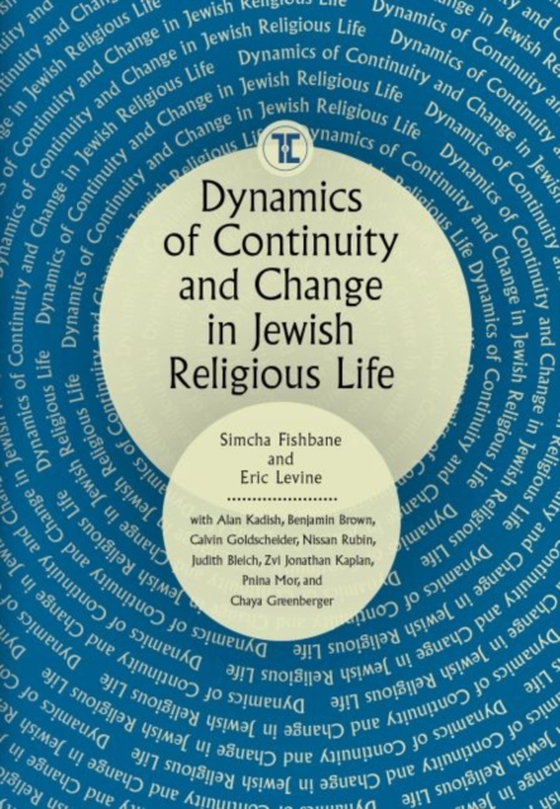
Dynamics of Continuity and Change in Jewish Religious Life e-bog
2190,77 DKK
(inkl. moms 2738,46 DKK)
While the oft-quoted saying "e;the more things change, the more they stay the same"e; seems to aptly describe the nature of social life, the reverse may be equally accurate: the more things stay the same, the more they change. Indeed, the recognized institutions of human society, of which religion is a primary example, are both sources of stability and continuity as well as innovation a...
E-bog
2190,77 DKK
Forlag
Touro University Press
Udgivet
20 februar 2018
Længde
350 sider
Genrer
Social groups: religious groups and communities
Sprog
English
Format
pdf
Beskyttelse
LCP
ISBN
9781618117144
While the oft-quoted saying "e;the more things change, the more they stay the same"e; seems to aptly describe the nature of social life, the reverse may be equally accurate: the more things stay the same, the more they change. Indeed, the recognized institutions of human society, of which religion is a primary example, are both sources of stability and continuity as well as innovation and change. The dynamics of Jewish religious continuity and change are presented in this book through a group of distinguished scholars from the fields of sociology, history, medicine, religion, and Jewish studies examining key cases and themes in religious life, emphasizing illustrations of the maintenance of tradition and facing of trends pressing for transformation. This volume demonstrates the importance of case studies and historical, ideological, and philosophical surveys in understanding the actions of individual, organizational or communal actors attempting to create, maintain, or disrupt religious institutions, across geographical boundaries and time frames. This research has the potential not only to positively affect scholarly discussions, but also to generate greater understanding and dialogue among those who study Jewish life and those who work in Jewish organizations and live and function in religious communities. Indeed, the book brings a sophisticated understanding of Jewish law, religious texts, communities and institutions, of the interplay of internal and external social and ideological forces, of the impact of organizations, and of the potential for individuals and groups to shape their religious environments.
 Dansk
Dansk

